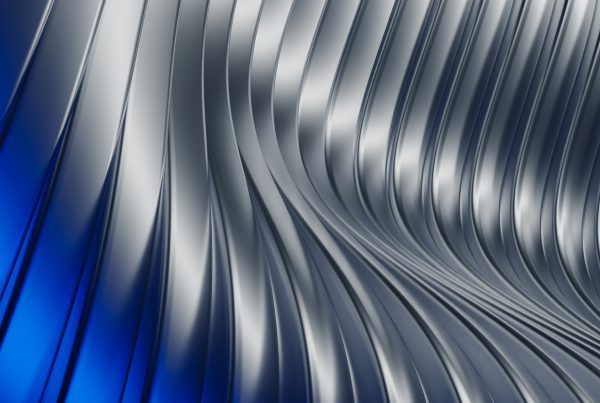What is an ultraviolet varnish?
It is a varnish that polymerizes (RAE definition: “Reaction in which two or more molecules combine to form another one in which structural units of the original molecules are repeated”) by the action of UV radiation. The light induces the formation of reactive species, triggering a rapid polymerization reaction. It thus transforms a liquid, soluble formulation into an insoluble coating.
In an ultraviolet curing system, a light-curing varnish (with photoinitiator) and lamps are required to carry out the polymerization.
Volatile organic solvents can be used for viscosity control, but also other compounds called “reactive diluents” that can react chemically with the resin forming part of the dry film and thus reducing solvent emission.

The main characteristics that can also be its main advantages are:
Fast drying, with which we will have high productivity.
Possibility of formulating 100% solid products.
High hardness and chemical/mechanical resistance.
Energy saving.
Reduction of working space.


But it also brings with it a number of drawbacks:
High raw material prices.
Limitation in the pigmentation of the lacquers, due to deep curing.
Limitation in the type of furniture due to 3D curing.
Limitations in time and storage conditions, etc.
What is ultraviolet radiation?
UV light is part of the electromagnetic spectrum, ranging from radio waves (long wave) to X-rays (short wave). The most suitable wavelength for curing UV coatings is between 200 to 450 nanometers subdivided into levels:
UVA (380-315 nm), UVB (315-280 nm), UVC (280-100 nm), UVV (450-395 nm).
With this polymerization process we obtain extraordinary surfaces that are the answer to many of the needs of the market, whatever your sector. Industrias Químicas Iris tests each application in our facilities and also hand in hand with the customer in his facilities to create the perfect co-setting, one of our strengths: the tailor-made product.
Lamps: types and functions.
They consist of a quartz tube that allows 90% of the UV radiation to pass through. The inside of this tube usually contains mercury in an inert atmosphere. The ends are made of two stainless steel, chrome-plated brass or ceramic caps. Finally, the electrodes are made of tungsten. When an electric current is applied between the terminals, the free electrons cause a movement towards the positive electrode, producing collisions with the gas atoms, usually mercury, releasing energy.
There are other lamps for very particular applications with metals such as lead, iron, cobalt, etc. There are several types of lamps to generate the necessary wavelength for curing ultraviolet coatings, such as high pressure mercury arc lamps, medium pressure mercury arc lamps and mercury arc lamps without electrode. The life of these lamps should be consulted to the supplier for precise technical information, but they are around 1000 hours. It is true that much will depend on the quality of these lamps, the cleanliness of the tube, the ventilation system and the frequency of switching on and off. You can find other types of newer lamps on the market such as LED and excimer lamps.

Led lamps.
Advantages of its use:
- They can be turned on and off instantly.
- They do not emit ozone.
- Its intensity is constant during its useful life and this in turn is longer.
- No infrared emission, which improves the bleeding of oily wood resins and avoids peeling due to heating.
- Better UV penetration in pigmented lacquers.
Disadvantages of use:
- Difficulty in achieving surface cure, due to oxygen inhibition.
- Therefore resistance to scratches and chemicals may worsen.
- They are of a higher cost.

Excimer lamps.
These lamps work at wavelengths below 200 nm, specifically at 172 nm. This wavelength is very shallow, producing a micro wrinkling on the surface which confers an extra matte shine and high resistance to scratching. This avoids the need to add a tinting agent to the formulations.
As a disadvantage is to regulate the gloss, its use is limited to extra matte.
It is necessary to work in an oxygen-free atmosphere, normally nitrogen is used. A subsequent curing with medium pressure lamps is necessary.
This treatment is one of our specialties, so we will go into it in more detail in the near future. The processes in Industrias Químicas Iris are developed thanks to an invaluable technical team that with its research and hard work, offers spectacular results as only Iris offers.
For any questions or for more information, please do not hesitate to write to us at: industrias@quimicasiris.com











Recent Comments